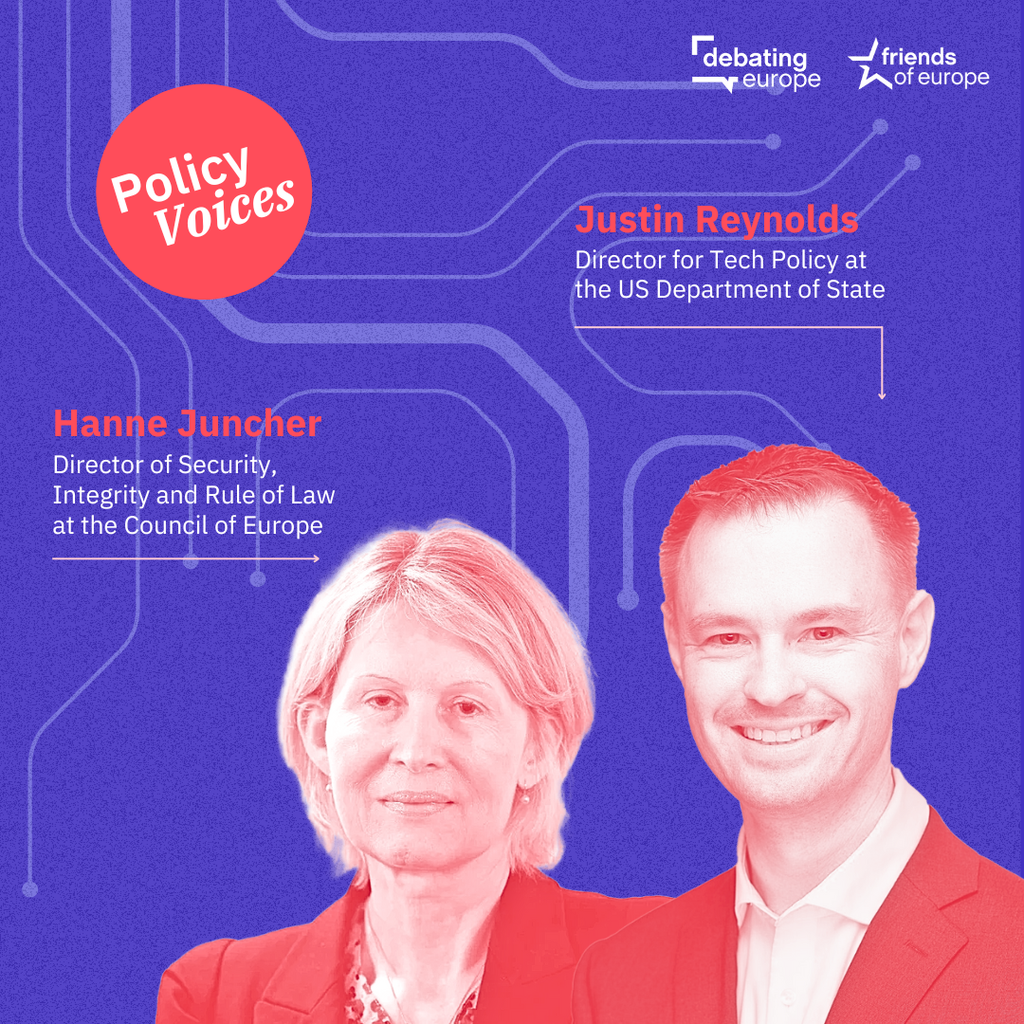A European agenda for space: resilience, security and sovereignty
Past event In person

- Area of Expertise
- Digital & Data Governance

Advisor to the president on European affairs at IFRI
Widely used in everything from tennis rackets to Formula 1 cars, carbon fibre was originally developed by the UK Ministry of Defence in the early 1960s for military applications. Back then an esoteric and expensive material, it’s become price-competitive with its intense strength and durability for its weight. Similarly, head-up displays were developed to enable fast jet pilots to have key information presented in their view of the outside world, rather than having to frequently look down into the cockpit. This technology has progressively spread into civil aviation and more recently into cars, with the advantage of always keeping one’s eyes on the road.
These are only two of many examples illustrating how defence research can benefit the global economy and power Europe’s re-industrialisation. Reciprocally, the fast development of technologies in the civilian world can be essential to the emergence of cutting-edge defence systems.
The difficult times our economies are facing today mean that Europe is losing ground to its faster-growing Asian and American counterparts. This concern of the defence community is shared by Heads of State and Government: in this context, it is of paramount importance to invest in all the technologies and production capabilities that are essential to maintain Europe’s competitiveness.
However, Europe still suffers from legal and psychological barriers between civilian and military research – barriers that our competitors do not have. These limitations seriously hamper our capability to “cross-fertilise” developments from both worlds. The issue has been acknowledged at the highest level: in December 2013, the European Council itself tasked the European Defence Agency and other bodies to better exploit civil-military synergies. This issue should be tackled in three ways:
If we want the civilian and defence worlds to effectively cross-feed each other, then it is necessary to proceed with the desegmentation of civil and military research. By allowing funding to flow from one side to the other, major spin-offs between defence and civil research could be achieved. It is worth remembering that few technologies are military or civil by nature, especially at low technological readiness. Only when applied and used in a given system does a specific technology become military or commercial.
Today, this cross-fertilisation is limited by several factors, such as the legitimate confidentiality surrounding sensitive defence applications, but also the competitive advantage that might result from a cutting-edge civil technology. However, security regulations and intellectual property rights are here to address this issue. The main barrier is the lack of a comprehensive policy approach for all parties involved.
The application of innovative technologies often requires considerable investments to move from the lab to serial production. And very often, such investments are only viable if this production is designed to address all potential markets: civil, defence and space. The European Defence Agency, in close cooperation with the Commission and industry, is investigating which key enabling technologies need a priority and focused investment effort to sustain the European supply chain. These are technologies such as components (silicum, gallium arsenide, infrared detectors), carbon fibre or optical devices. Europeans need to invest in these domains to levelthe playing field then to define priorities on related key industrial capabilities.
Meanwhile, it is essential to optimise available resources. The civil, space and defence domains need to be addressed together by a comprehensive business plan to yield cost savings while boosting innovation capabilities. This is the only way forward if we want to see Europe re-industrialise.
Defence research budgets have been cut by 20% over the last six years. The risk is real to lose the ability to reach critical mass in a number of technology areas. This would not only jeopardise Europe’s strategic autonomy, but would also impede the long-term competitiveness of its high-tech commercial industry. It has been said that defence and space are to aviation what Formula One is to the automotive industry: a formidable cradle of innovation and technological breakthroughs.
The situation is all the more worrying since, according to a study commissioned by the European Defence Agency, the multiplier effect on GDP growth for an investment in defence research & technology is 12 to 20 times higher than in other areas of public spending. Therefore, investment in defence R&T must be a logical component of any comprehensive growth policy.
The Agency is also supporting Member States by contributing to the Commission’s work on an R&T Preparatory Action related to the Common Security and Defence Policy (CSDP), as called for by the December 2013 European Council. If successful, this Preparatory Action could give birth to a wider defence research programme at European level, the impact of which will be all more the important since cross-fertilisation with other European research and innovation initiatives will be maximised. The benefits can be enormous, both for the civilian and defence sectors.
Past event In person

Next event In person & livestreamed

Past event Online

Past event In person





Stay informed
We use cookies and similar technologies to adjust your preferences, analyze traffic and measure the effectiveness of our campaigns. Learn more about our privacy policy.